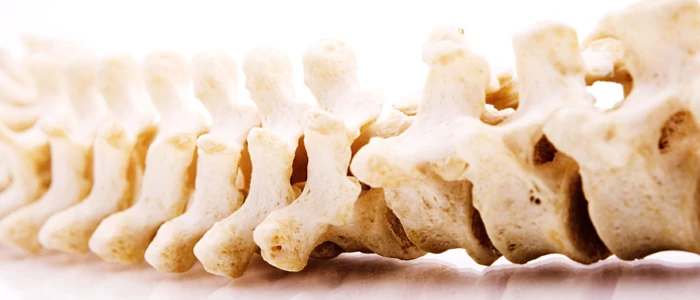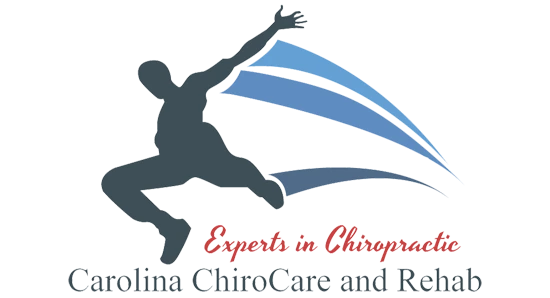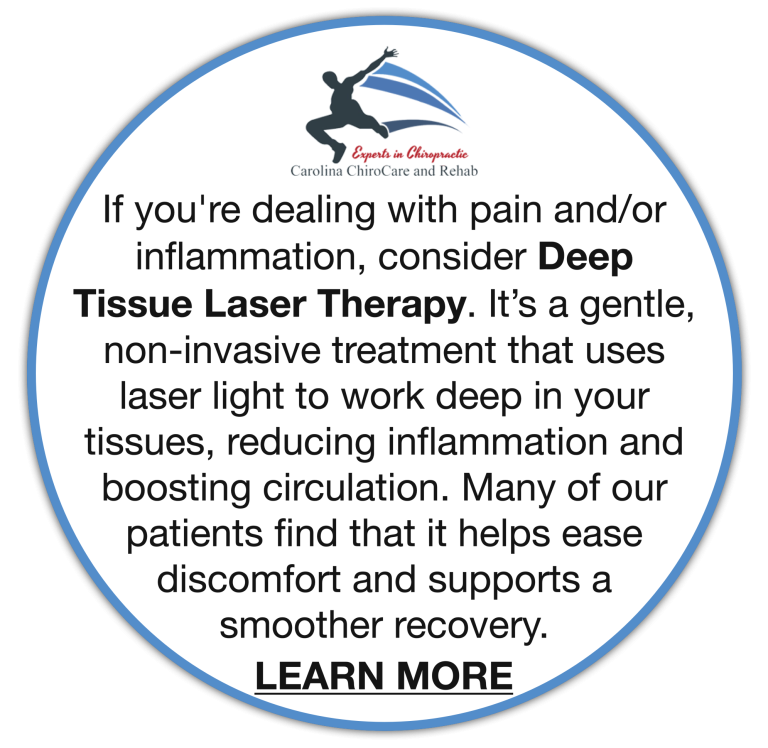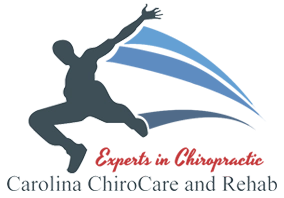SPINAL STENOSIS: CAUSES AND TREATMENT

What is spinal stenosis?
Spinal stenosis is simply a narrowing of the canals in which the spinal cord runs through or in which the spinal nerve roots exit from the spinal cord.
These canals can narrow from several different conditions or a combination of multiple conditions at once, leading to the narrowing of the canals in the spine in which the spinal cord and nerves travel through on their way out to the rest of the body.
What causes spinal stenosis?
Bulging and herniated discs in the neck, mid or lower back. A bulging or herniated disc often, referred to as a slipped disc, can be a very painful condition that causes spinal stenosis. Nearly all herniated or bulging spinal discs push back towards the nerve roots and spinal cord. This narrows the canal space and is one cause of spinal stenosis.
Facet Arthrosis. Another condition that can lead to spinal stenosis is called Facet Arthrosis. This is a condition when the facet joints in the vertebrae degenerate and form arthritis.
Facet Arthrosis is usually a normal part of the aging process. Think of this as wear and tear on the joints in the spine over time. Trauma can also lead to Facet Arthrosis from a car accident, injury, a fall, or a sports injury.
As the facet joints wear and tear and degenerate on each other new calcium deposits form, causing new bone formation in the facet joints. This begins to narrow the canals in the spine causing spinal stenosis.
Thickening or hypertrophy of ligaments. Ligaments inside your spinal canal can thicken or grow too big, leading to spinal stenosis. This is usually something that happens with age or to people who use their spine a lot either with their jobs or through their regular activities of daily living.
Tumors. Tumors in the spine can press on the spinal cord or nerve roots that exit the spinal cord feeding the arms and legs with nerve distribution.
Injuries to the spine. Traumas such as car accidents can cause small fractures or dislocations in the vertebrae in the spine. The displaced bones then narrow the canals of the spinal cord. This can be considered a medical emergency in some instances and may require immediate surgery.
What are the symptoms of spinal stenosis?
Symptoms include pain in the neck, mid or lower back. There is usually radiating pain, numbness, and tingling into the arms or legs.
Spinal stenosis can progress to a point that the spinal cord and nerves in the spine become compressed so much that one can lose strength and sensation in the arms hands legs or feet.
In severe cases, spinal stenosis can cause problems with balance, walking, and even bowel and bladder dysfunction.
Can a chiropractor treat spinal stenosis?
Chiropractic care for the treatment of spinal stenosis helps improve flexibility, mobility, and range of motion of the vertebrae in the spine. Chiropractors also perform physical therapy within the greater treatment plan for spinal stenosis to reduce swelling and inflammation in tissues which may be contributing factors.
Some forms of stenosis respond very well to specific exercises that aim to increase the flexibility and mobility in a region of the spine where spinal stenosis is narrowing the canals. This, combined with chiropractic adjustments aimed at increasing the flexibility and range of motion of specific vertebrae can be a very effective treatment for back and neck pain related to spinal stenosis.
OFFICE HOURS
Monday
9:00am - 6:00pm
Tuesday
9:00am - 6:00pm
Wednesday
9:00am - 6:00pm
Thursday
9:00am - 6:00pm
Friday
10:00am - 4:00pm
Saturday & Sunday
Closed
Carolina ChiroCare and Rehab




